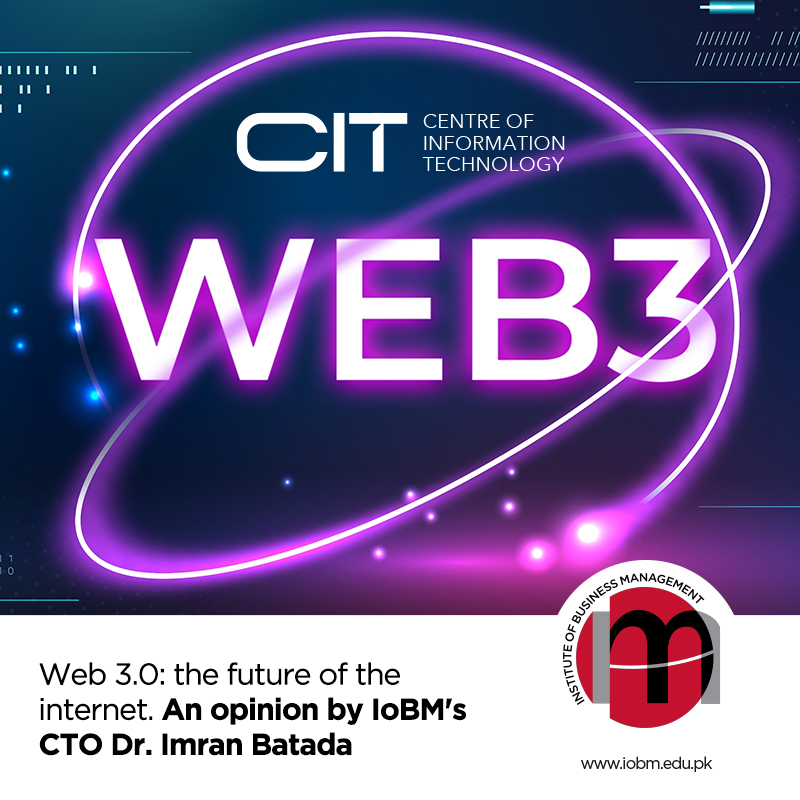
At first, there was Web 1.0, which was upgraded to Web 2.0, and now Web 3.0 is here with us. At first, Web 1.0 was basically about creating static websites before the emergence of dynamic web pages.
The websites made at that time were simple and often unresponsive. Web 2.0 came with some transformation, and there were more web interactions and the emergence of social media networks.
There was also user-generated content, and users had control of the content they got. The increase in internet access through smartphones also played a huge role in the growth of Web 2.0. The websites became more responsive as more apps came to be, including social media sites like Instagram, video media sites like YouTube, service apps like Uber, etc.
Through digitization, both businesses and people have benefitted. People can use social networks to market their products and reach the right audience. Freelancing has also grown diversely, allowing people to hire a freelancer to design their apps or websites, or other tasks. Ideally, you can source a lot of help from the global world through the internet.
Web 2.0 led to the growth of the internet and more interactions. Influencer marketing has also grown in which influencers market products for clients; the influencers’ followers may be among potential customers.
The emergence of Web 3.0 will play a huge role in the continuation of connectivity. Web 3.0, an upgrade of Web 2.0, is the future and the next generation. Instead of having a centralized perspective like Web 2.0, it will have a decentralized type of impact. Additionally, Web 3.0 will play a major role in our lives based on its features.